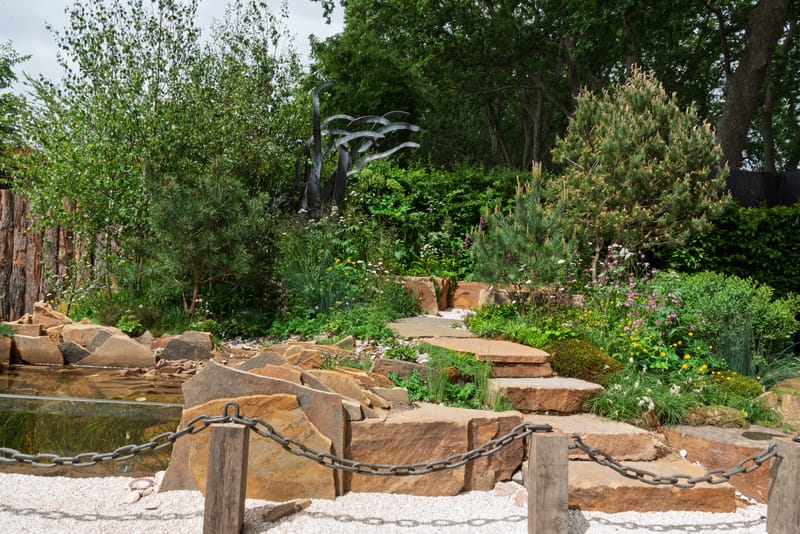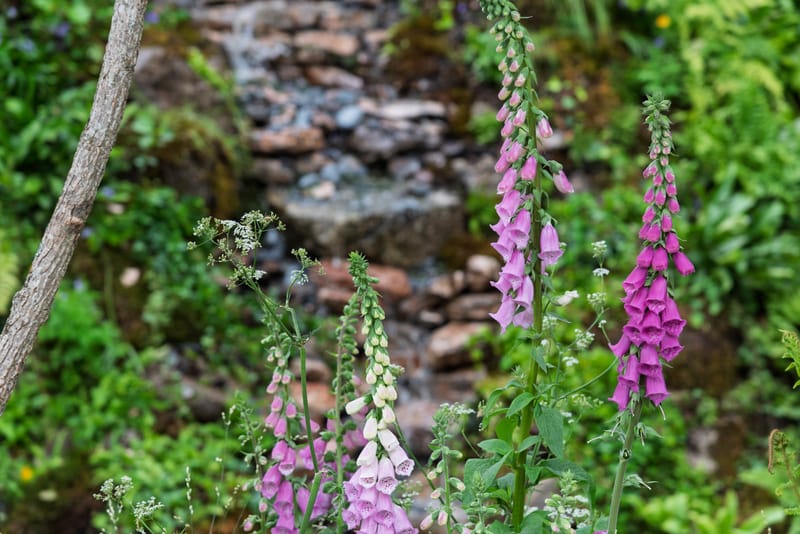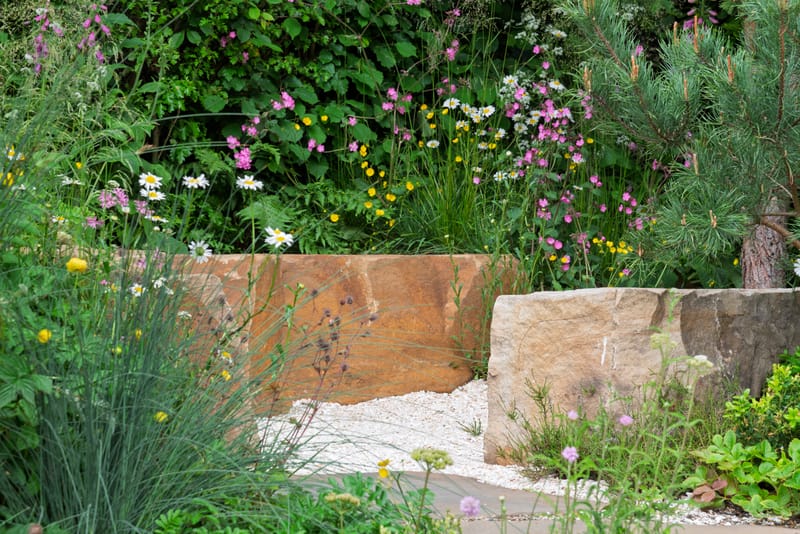Our busy season is in full swing, so here's a round up of our spring…
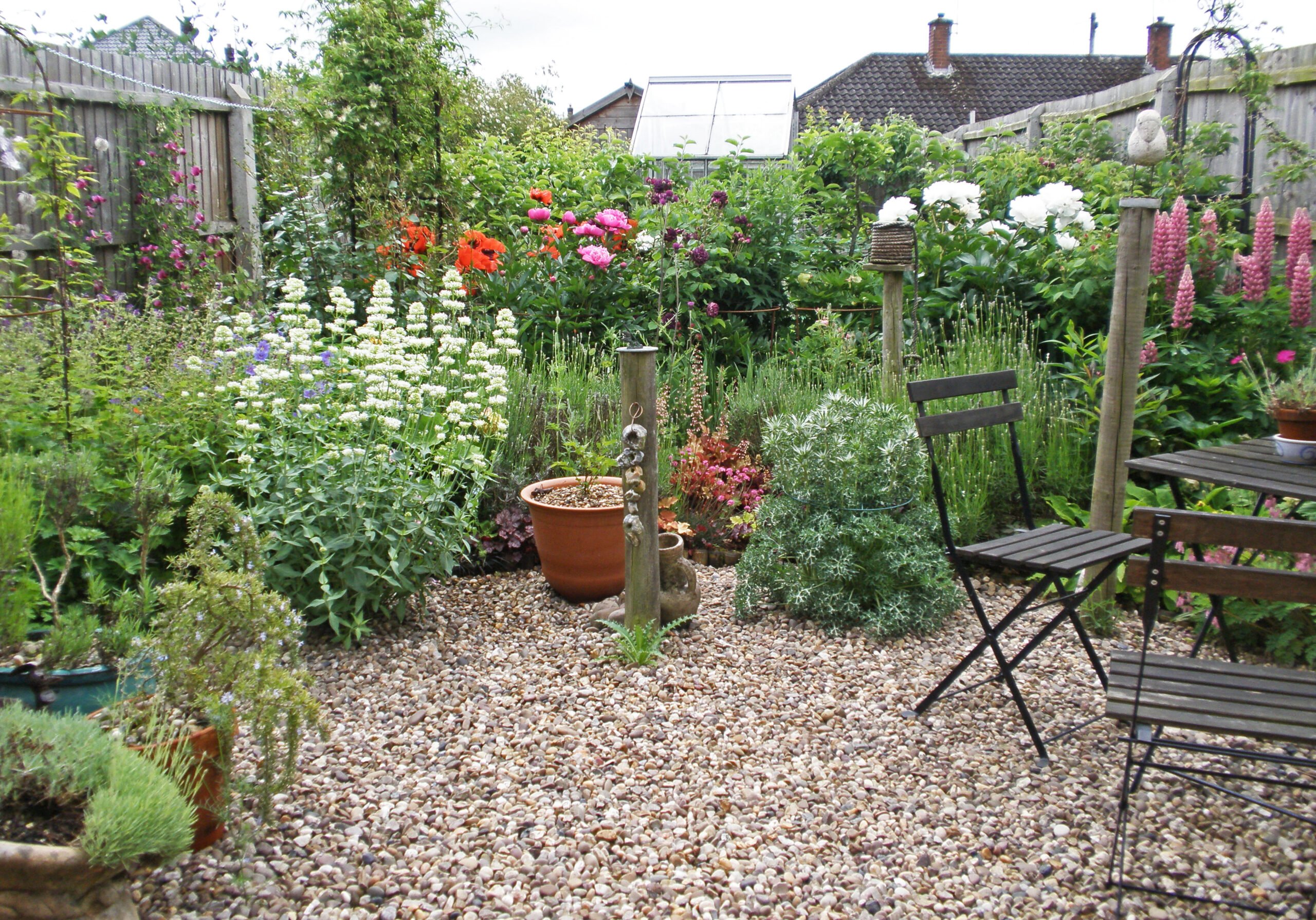
Drainage
It’s no secret that we’ve had a particularly wet winter and spring this year. All the rainwater has really tested the drainage capabilities of gardens and patios. Whilst we’d like to hope this was a one-off, chances are we could be facing the same again next year. Can you risk another wet season and potentially ruin your garden or damage property structures?
Frogheath Landscapes have improved the drainage for several households in between wet spells recently. We want to help more people who have suffered with drainage problems around their property. By following some of our recommendations, you could prevent small problems from becoming bigger, more expensive problems.
If you like this blog, why not subscribe to our Newsletter, so you can get notified of new blogs by email!
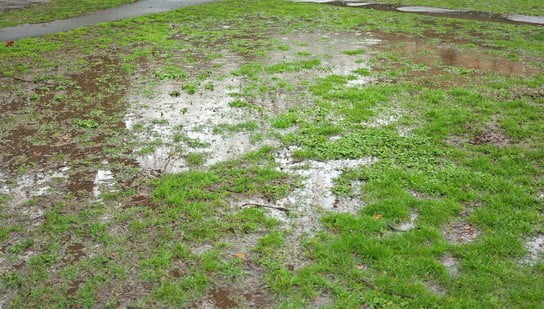
Garden Drainage
Here are some tips to help prevent your lawn from getting waterlogged in winter, which will help produce lush, quality grass, come spring:
- Improve your soil drainage. Increasing the permeability of soil can enhance the drainage. See our previous blog about other ways to improve your soil.
- Plant moisture loving plants. Plants such as Japanese kerris, calla lily and hosta can cope with wet conditions, however, they mustn’t be waterlogged. (Source: House Beautiful)
- If your plants aren’t tolerant of too much moisture, building raised beds in which to plant them in free draining top soil will support their growth. However, this doesn’t help with surface water run off.
- Create sloping surfaces in your garden to allow surface water to be directed to a suitable place such as a drain or plant bed which contains those moisture loving plants mentioned above.
- Install land drains. This is a big job and something which can be undertaken by the Frogheath team. We can install perforated pipes into your lawn in which to catch the surface water, which will then be directed to a suitable and unprohibited place.

Patio Drainage
Hard landscaping areas such as patios and drives shouldn’t be overlooked either. Poor drainage on these areas can cause slip hazards or flooding. Here are some ideas to help you drain surface water from your outside space:
- Keep your gutters and drains clear -debris from trees such as leaves and twigs falling in the wind over inter can cause gutters and drains to block so surface water has no where to go except over your patio.
- Collect rainwater in water butts – you can use it in the garden during drier spells. Not only are you giving the rain water somewhere to go, you are also ticking the environmentally friendly box.
- Create a soak away at the lowest point of your patio, filled with gravel, it allows somewhere for excess water to go. (Source: Elliotts)
If you are planning a new hard landscaping build, such as a patio or driveway, consider the following:
- Choose a suitable surface for your hard landscaping which water can flow between or underneath. Block paving and concrete is less permeable whereas shingle or gravel allows water to drain through it.
- Lay new patios over a sub base for water to drain into.
- Ensure rainwater isn’t directed straight into a sewage system.

Frogheath Director Steve Moody has observed is that people only ask for drainage improvements whilst the problem is happening. “The problem is drainage work needs to be completed when it’s dry,” he says. But of course, when it finally dries up, people put their drainage improvement needs on the back burner and forget about them until it’s wet again.
If you’d like to plan ahead and prevent drainage problems in the future, please get in touch over the summer. We can arrange a complimentary home visit to discuss how we can help you improve the drainage at your property.

